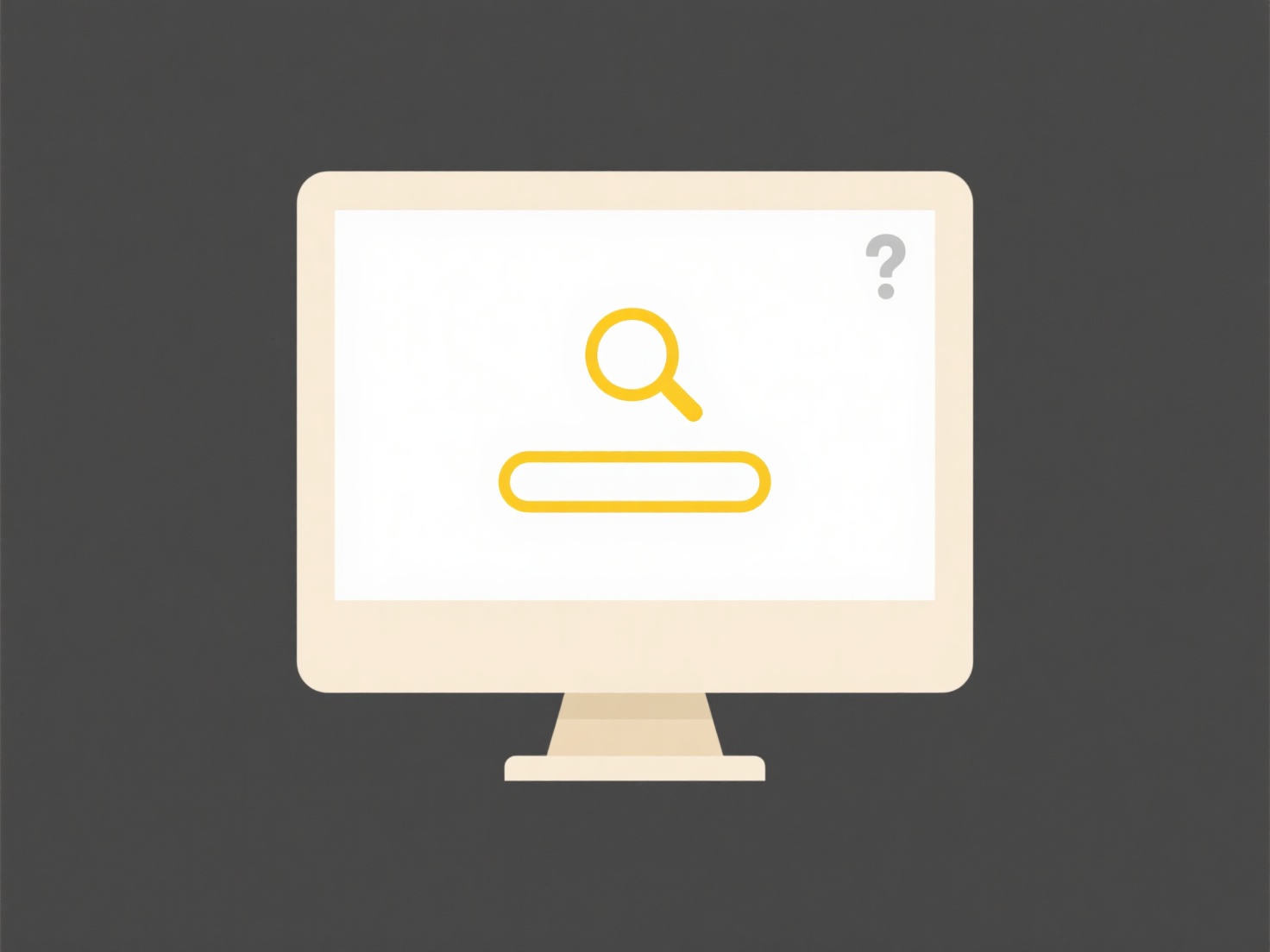
Restricting cloud uploads of confidential files involves implementing specific policies and technologies within cloud platforms to prevent users from moving sensitive data (like financial records, personal identification information, or intellectual property) into unauthorized cloud storage locations. This is distinct from general access controls because it proactively blocks the upload attempt itself, rather than just limiting access to the file after it's stored. It functions by scanning files during the upload process using content inspection rules or predefined patterns matching confidential data.

In practice, enterprises enforce these restrictions using Data Loss Prevention (DLP) tools integrated within cloud platforms like Microsoft 365, Google Workspace, or specialized cloud security gateways (CASBs). For example, a healthcare organization might configure DLP to block any upload of files containing patient social security numbers to personal cloud drives. A financial institution could prevent the uploading of files classified as "Client Financial Data" to any unsanctioned cloud application.
This capability significantly enhances data security and ensures regulatory compliance (e.g., HIPAA, GDPR). Key advantages include preventing data leaks and controlling cloud sprawl. However, limitations include potential false positives blocking legitimate uploads and the challenge of managing user workarounds (like shadow IT). Effective implementation requires precise policy definition, employee training, and continuous refinement to balance security with productivity needs, driving innovation in automated content classification and risk-based enforcement strategies.
Can I restrict cloud uploads of confidential files?
Restricting cloud uploads of confidential files involves implementing specific policies and technologies within cloud platforms to prevent users from moving sensitive data (like financial records, personal identification information, or intellectual property) into unauthorized cloud storage locations. This is distinct from general access controls because it proactively blocks the upload attempt itself, rather than just limiting access to the file after it's stored. It functions by scanning files during the upload process using content inspection rules or predefined patterns matching confidential data.

In practice, enterprises enforce these restrictions using Data Loss Prevention (DLP) tools integrated within cloud platforms like Microsoft 365, Google Workspace, or specialized cloud security gateways (CASBs). For example, a healthcare organization might configure DLP to block any upload of files containing patient social security numbers to personal cloud drives. A financial institution could prevent the uploading of files classified as "Client Financial Data" to any unsanctioned cloud application.
This capability significantly enhances data security and ensures regulatory compliance (e.g., HIPAA, GDPR). Key advantages include preventing data leaks and controlling cloud sprawl. However, limitations include potential false positives blocking legitimate uploads and the challenge of managing user workarounds (like shadow IT). Effective implementation requires precise policy definition, employee training, and continuous refinement to balance security with productivity needs, driving innovation in automated content classification and risk-based enforcement strategies.
Quick Article Links
How do I add sequential numbering to document sets?
Adding sequential numbering to document sets involves automatically generating unique, consecutive numbers for groups of...
Why does saving overwrite my previous version?
Saving typically overwrites your previous file version because the system assumes you want the latest changes to become ...
What’s a universal naming format that works across all devices?
A universal naming format that works consistently across devices and systems is the Uniform Resource Identifier (URI). U...